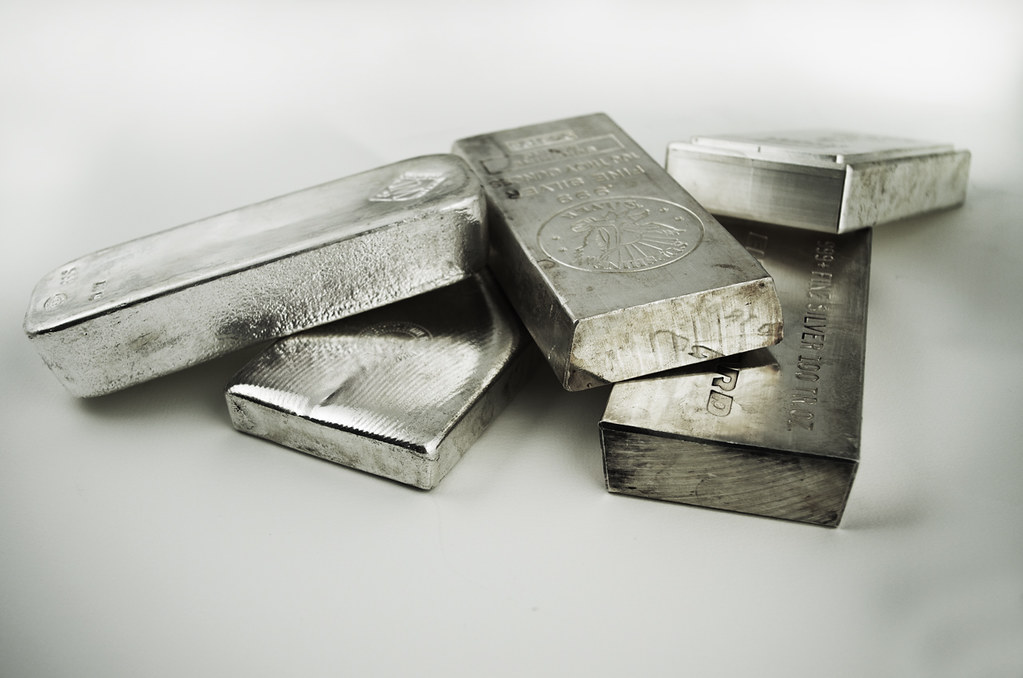
For centuries, gold has been the ultimate symbol of wealth and financial security. But in today’s rapidly changing economy, silver is emerging as a powerful alternative—especially for younger investors. With its unique combination of affordability, industrial utility, and investment potential, silver is no longer just “poor man’s gold.” Instead, it’s becoming a strategic asset for millennials and forward-thinking investors. Here’s why.
1. Affordability & Lower Barrier to Entry
One of the biggest advantages of silver is its accessibility. While gold prices hover around $2,300 per ounce, silver trades at a fraction of that cost (around $30 per ounce). This lower price point makes it easier for millennials and new investors to start building a precious metals portfolio without needing large amounts of capital. Many choose to buy silver coins, small bars, or even fractional shares through ETFs, making it a flexible investment option.
2. Surging Industrial Demand
Unlike gold, which is primarily a monetary metal, silver has critical industrial uses. It’s a key component in:
- Solar panels (photovoltaic cells)
- Electronics (smartphones, laptops, and semiconductors)
- Electric vehicles (battery technology and conductive coatings)
- Medical devices (antibacterial applications)
As the world shifts toward renewable energy and advanced technology, industrial demand for silver is expected to rise significantly. Some analysts predict a supply deficit in the coming years, which could drive prices higher.
3. A Proven Hedge Against Inflation & Economic Uncertainty
Historically, both gold and silver have served as safe-haven assets during economic turmoil. When inflation rises or stock markets decline, investors turn to precious metals to preserve wealth. While gold is often seen as the ultimate store of value, silver tends to outperform during bull markets due to its dual role as both an investment and an industrial commodity.
For example, during the 2008 financial crisis, silver prices surged as investors sought stability. Similarly, in 2020-2021, silver saw a sharp rally alongside gold as central banks printed money and inflation fears grew.
4. Millennials & Digital Investing Trends
Millennials are reshaping the investment landscape by favoring digital and alternative assets—from cryptocurrencies to fractionalized precious metals. Silver fits perfectly into this trend because:
- It’s available on investment apps (like Robinhood, Silver ETFs, and digital bullion platforms).
- It can be tokenized (some blockchain projects now offer silver-backed cryptocurrencies).
- It aligns with ESG (Environmental, Social, Governance) investing, since silver is crucial for green energy solutions.
This tech-friendly approach makes silver more appealing than traditional gold investments, which are often seen as outdated by younger generations.
5. Limited Supply & Investment Upside
Silver is rarer than many people realize. While it’s more abundant than gold, above-ground stockpiles are shrinking due to years of underinvestment in mining. At the same time, industrial consumption continues to grow. Some experts warn of a potential supply crunch, which could lead to higher prices in the long run.
Additionally, silver’s price ratio to gold is currently historically high (around 80:1), meaning silver is undervalued compared to gold. If this ratio narrows—as it has in past bull markets—silver could see explosive gains.
6. Silver vs. Gold: Which Is the Better Investment?
While gold remains the ultimate wealth preservation asset, silver offers greater volatility and growth potential. Here’s a quick comparison:
| Factor | Gold | Silver |
|---|---|---|
| Price (per oz) | ~$2,300 | ~$30 |
| Industrial Use | Low | High |
| Volatility | Lower | Higher |
| Accessibility | High (but expensive) | Very High (affordable) |
For investors looking for both stability and growth, a balanced portfolio of gold and silver may be the best strategy.
Final Thoughts: Is Now the Time to Buy Silver?
With rising inflation, increasing industrial demand, and a growing interest from younger investors, silver is positioning itself as a must-have asset. While gold will always have its place, silver’s versatility, affordability, and growth potential make it an attractive choice—especially for millennials and those looking to diversify beyond traditional stocks and crypto.
Are you considering adding silver to your investment strategy? The market dynamics suggest it might be a smart move.






